Horizontal directional drilling is a technique frequently used in wind farms when we have the need to cross the pipes below roads, rivers or even the sea.
Here you have the picture of 2 slightly different solutions, one using directional drilling and the other with horizontal drilling.
The installation of a pipe using directional drilling (also known as HDD, slant drilling, or deviated drilling) consists of three stages:
1. A first drilling, with which you will realize a “pilot hole” with a smaller diameter.
2. Hole enlargment, using one or more reamer with a diameter bigger of the cable to be installed (normally 1.7x), achieving the width required for pipes installation. This is done coming back from the exit hole.
3. Pipe laying service, pulling them out from the exit.
To guide the drilling head, an electromagnetic wave transmitter is used, so that its position is known exactly in every moment. Several data are transmitted, such as position, inclination, temperature, etc. The signal can be read up to a depth of 15 meters or more.
The fluid used in the perforation may vary. Normally bentonite is used, but due to environmental issues (for instance if it’s necessary to cross a water body) low pressure compressed air is often used as alternative.
There is also an “office” work developed before, where a stratigraphic map as detailed as possible is prepared using the info collected with several boreholes to define what material you should cross in every position.
Of course this technique is more expensive than traditional trenching. Depending on the country and length of the perforation it can be between 5 and 10 times more expensive.
In the “standard” direct horizontal drilling the solution is easier: we’ve made 2 holes, one on both side of an existing local asphalted road, and then we’ve realized a simple horizontal perforation. Here the distance is around 12 meters, while horizontal directional drilling goes often to bigger length (hundreds of meters, up to our record that is almost 1 Km).

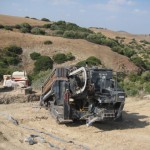
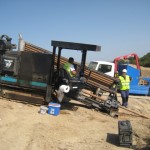
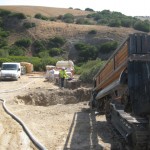
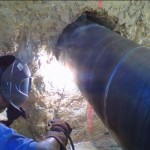
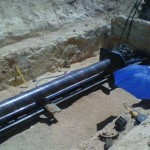
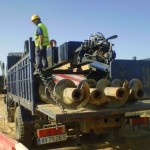
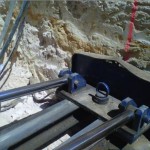
Leave a Reply